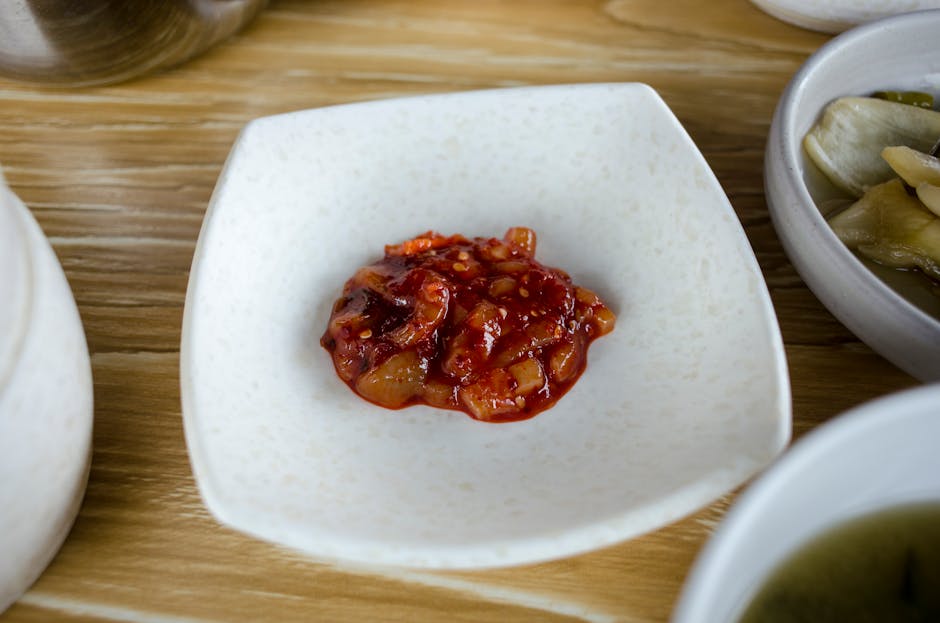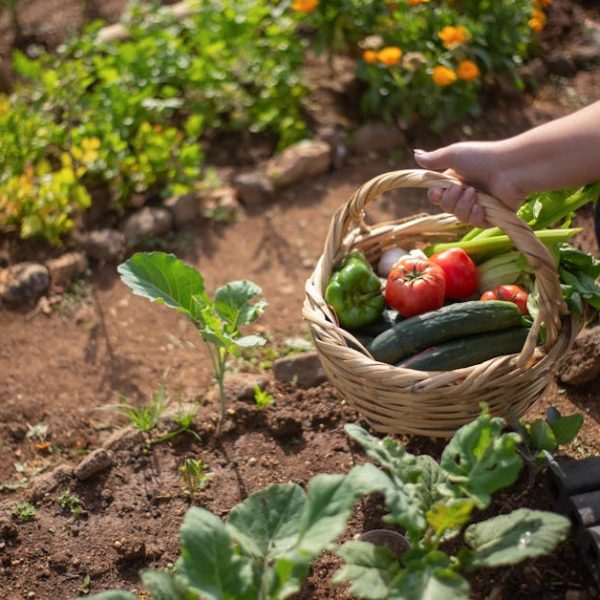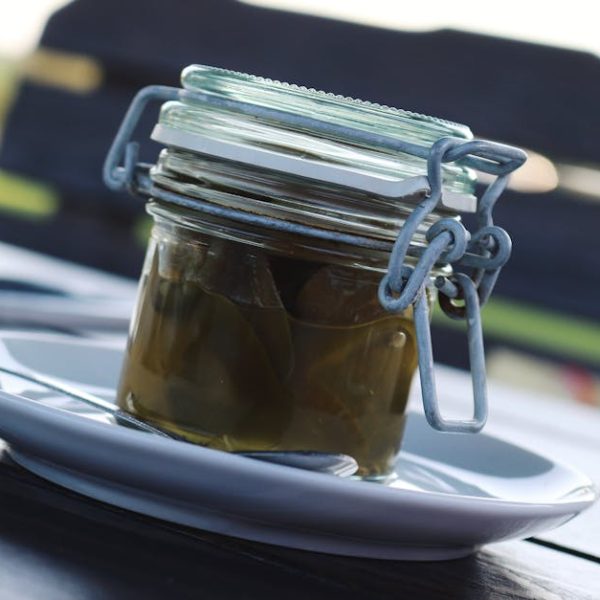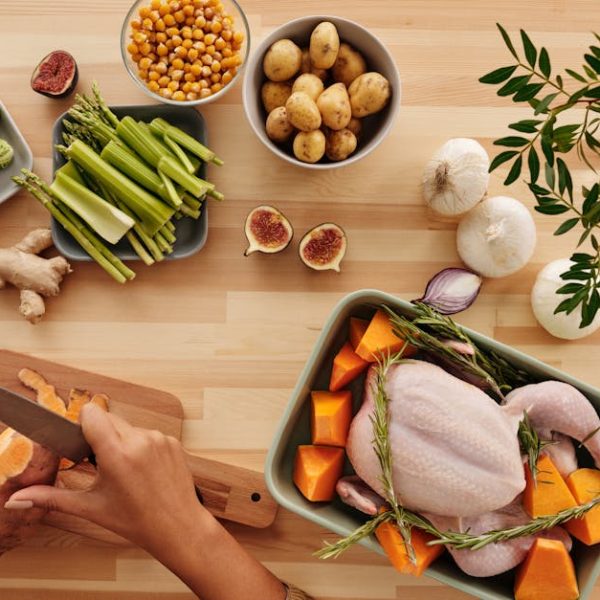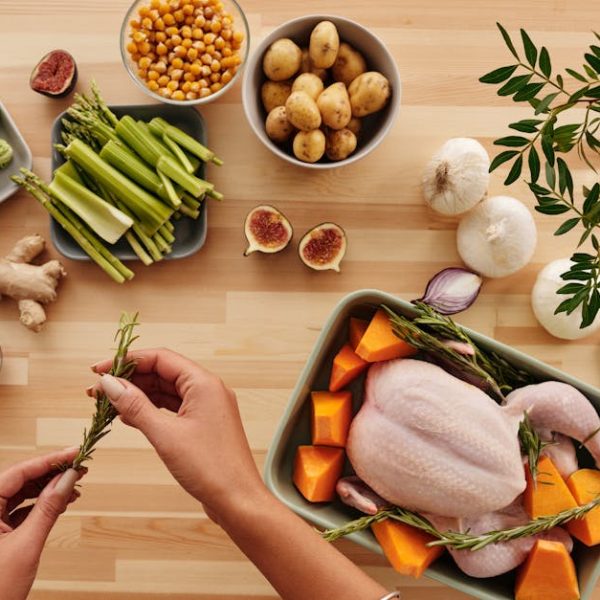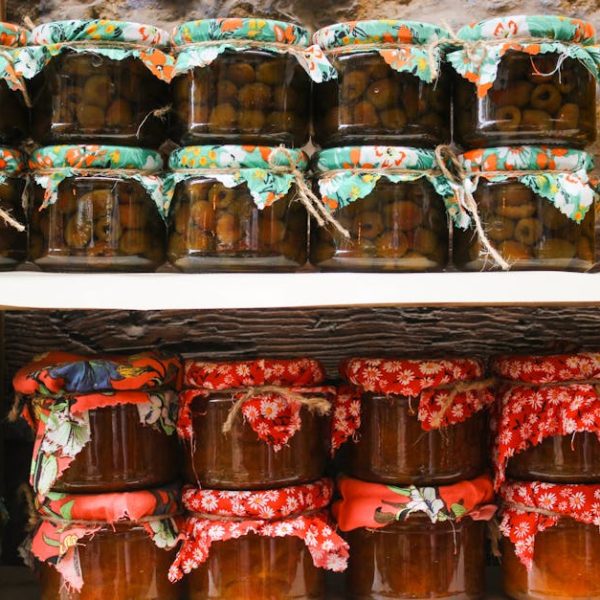Pickling is a universal method primarily used to preserve foods, enhance flavor, or create unique dishes. For centuries, cultures around the world have employed different pickling techniques to keep perishables longer and infuse them with a signature tang. One of the most popular vegetables up for the pickling task is the hearty, versatile cabbage.
Cabbage, being a cruciferous vegetable, is packed with nutrients and holds up well during the pickling process. It offers a unique, crunchy texture and a versatile flavor profile that accepts a variety of seasonings beautifully, making it a favorite among pickling enthusiasts.
Choosing the right cabbage for pickling is vital to achieving the perfect product. Firm, fresh heads of cabbage that are free from bruises or blemishes are ideal. However, the type of cabbage used can greatly influence the outcome of your pickling adventure. Red, green, Napa or Savoy, each offers something unique to the pickle jar.
Basic Pickled Cabbage Recipe and Method
To get started with pickling cabbage, the essentials are cabbage, vinegar, water, salt, and sugar. The dual role of sugar and salt is fundamental as they work hand-in-hand; salt for preserving the cabbage and inhibiting bacterial growth and sugar to complement the overall flavor.
Classic Pickled Cabbage Recipe:
- 1 Medium head of cabbage
- 1 Cup of vinegar
- 1 Cup of water
- 1 tablespoon of salt
- 2 tablespoons of sugar
Chunks or thin slices of cabbage are drenched in a heated mixture of water, vinegar, salt, and sugar, then left to cool before being sealed and refrigerated for at least a few days to let the flavors develop. Be sure to sterilize your jars before use to avoid contamination, and always remember to use a sufficient amount of vinegar and salt to prevent spoilage.
Adding Flavorful Twists: Creative Pickled Cabbage Recipes
For a more adventurous pickle, consider incorporating other ingredients like herbs and spices. Garlic, dill, mustard seeds, or red pepper flakes are just a few options that can take your pickles from basic to tastefully bold.
Spicy Pickled Cabbage Recipe:
- 1 Medium head of green cabbage
- 1 Red bell pepper
- 1 Jalapeño pepper
- 1 Cup of vinegar
- 1 Cup of water
- 1 tablespoon of salt
- 1 tablespoon of sugar
- 1 tablespoon of red pepper flakes
Consider mixing different varieties of cabbage, or play around with the sugar-to-vinegar ratio to achieve a sweeter or more sour pickle. It’s all about personal preference and the exciting experimentation you can perform in your kitchen.
However, bear in mind that adding more ingredients can impact the final color, texture, and storage life of the pickles. Some additives may increase the risk of spoilage or create undesired fermentation, especially if the pickles are stored at room temperature.
Exploration of Fermented Pickled Cabbage: Kimchi and Sauerkraut
The world of fermented cabbage introduces us to two famed stars – Kimchi and Sauerkraut. Kimchi, a cornerstone of Korean cuisine, and Sauerkraut, a classic German dish, each boasting unique flavors and preparation techniques.
Kimchi primarily uses Napa cabbage and a combination of seasonings like chili pepper, garlic, ginger, and fish sauce. Sauerkraut, on the other hand, exhibits simplicity with just green cabbage and salt being the key ingredients.
Despite their differences, both kimchi and sauerkraut share a similar fermenting process, where beneficial bacteria convert the natural sugars in cabbage into lactic acid, acting as a natural preservative and giving the cabbage a tangy kick.
| Kimchi | Sauerkraut | |
|---|---|---|
| Origin | Korea | Germany |
| Key Ingredients | Napa Cabbage, chili pepper, garlic, ginger, fish sauce | Green Cabbage, salt |
| Fermentation Process | Same | Same |
Storing and Using Your Pickled Cabbage
Storage can influence the quality and shelf life of your pickled cabbage. The most basic method involves an airtight jar, stored in a cool, dark spot like a pantry. Once opened, it should be refrigerated and ideally consumed within a month.
Served as a side dish, tossed in your salad, or stacked in a hearty sandwich, pickled cabbage brings a delightful tanginess to any meal. Regularly including pickled cabbage in your diet might also offer some health benefits, given its rich fiber content and the gut-enhancing bacterial cultures present in fermented pickles.
Common Pitfalls and Troubleshooting in Pickling Cabbage
From mushy texture to unpleasant odors, the world of pickling can come with its fair share of challenges. But fret not – here are some common pitfalls and how to avoid them:
- Overly Soft Pickles: This often comes down to the freshness of the cabbage. Using crisp, fresh produce is key to maintaining that satisfying crunch.
- Off-Putting Odors: If your pickles smell unusually bad, they might have spoiled due to insufficient vinegar or salt, poor storage conditions, or contamination. When in doubt, it’s best not to consume the pickles.
- Lack of Flavor: Pickles take time to develop flavor. Patience is key. If after a few days your pickles still lack flavor, try adding more spices.
Remember, pickling is a science, but also an art. It may take a few attempts until you find your perfect pickle!
Perfecting Your Pickle: Advanced Techniques for Pickling Cabbage
Ready to step up your pickling game? Let’s look at some advanced methods for pickling cabbage. Fermenting for extended periods produces complex flavors and enhances the nutrition profile of the cabbage. For a brine method, opt for the ratio of 1 tablespoon of salt per 1 cup of water.
Finally, a good set of pickling equipment – such as wide-mouth jars, weights to keep the cabbage submerged, and a fermentation crock or container – can really streamline the process.
Remember, when it comes to pickling cabbage, your main ingredients are cabbage, creativity, and a dash of patience. Happy pickling!
Key Takeaway:
- Understanding the fundamentals of pickling cabbage helps in selecting the right kind of cabbage and formulating a good pickling strategy.
- A simple pickled cabbage recipe involves a blend of cabbage, vinegar, water, salt, and sugar.
- Adding herbs, spices, and other ingredients to your pickled cabbage recipe can result in flavor-filled tangy treats.
- Kimchi and sauerkraut are popular fermented versions of pickled cabbage, each dominant in Korean and German cultures respectively.
- Appropriate storage methods can extend the life of your pickled cabbage, while incorporating it regularly in your diet can provide numerous health benefits.
- Being aware of common pitfalls in the pickling process can help troubleshoot issues such as poor texture, unpleasant odors, and lack of flavor.
- Advanced pickling techniques, like extended fermentation and the brine method, can enhance the flavor and nutritional profile of pickled cabbage.
Pickling cabbage is a delightful art and science, combining traditional preservation techniques with modern culinary creativity. With the right ingredients, patience, and passion, every jar of pickled cabbage can become a testament to your pickling prowess. So, gear up with a handful of crisp cabbage heads and embrace the mouth-puckering journey of pickling.
FAQs
Q: Can I use powdered spices for the pickling process?
A: Yes, you can use powdered spices. However, they may make your brine cloudy. For a clearer brine, opt for whole spices instead.
Q: How long does homemade pickled cabbage last?
A: If stored properly, homemade pickled cabbage can last for several months in the refrigerator. Once you open the jar, try to consume it within a month for optimal freshness.
Q: Can I pickle cabbage without vinegar?
A: Vinegar is commonly used in pickling for its acidic properties, which help preserve the vegetables. However, for fermentative pickling like in making sauerkraut or kimchi, vinegar is not used.
Q: Is pickled cabbage good for my health?
A: Yes, pickled cabbage is packed with probiotics and fiber, making it a healthy addition to your diet. However, it can also be high in sodium due to the salt, so it’s essential to consume it in moderation.
Q: What other vegetables can I pickle?
A: Besides cabbage, many vegetables can be pickled such as cucumbers, carrots, onions, radishes, peppers, and beets, among others. Feel free to experiment and find your favorite pickled treat.
We hope you found this article helpful. For more culinary insights, be sure to explore other posts on our website and feel free to share this guide with other pickling enthusiasts!
